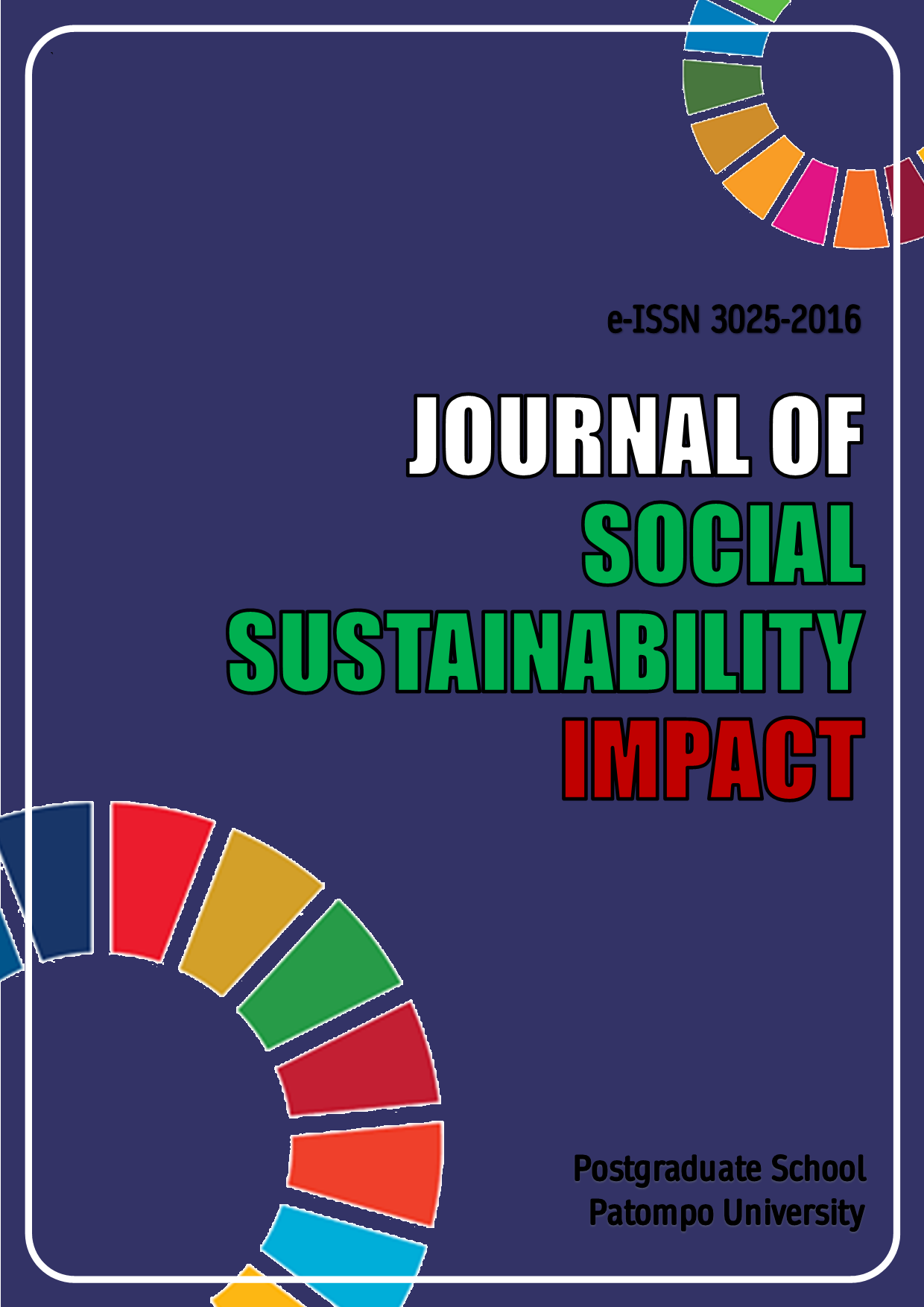


Manuscript Preparation
Manuscripts are sent in Microsoft Word format (.doc or .docx).
Articles submitted have never been published or are in the publication process elsewhere. In addition to the manuscript, the author's statement indicates that the text is genuine and does not contain elements of plagiarism.
Articles sent are written in English with the structure and composition of academic writing standards. The manuscript typed one space with a letter size of 10 points, a quarto paper size (A4).
Articles sent to the Journal must be according to the guidelines for presenting the articles shown below:
Title. The title must be short, reliable, and exciting to read. From the title, someone will be interested in reading the article's contents. Avoid using abbreviations. The title of the manuscript should be more than 110 characters (no spaces).
Author names and affiliations. The author's name must include all authors' first, middle, and family names. Affiliate details must include - department, university or organization, city, and country for all authors.
Abstract & Keywords. Abstract reader for help understanding the paper/article, looking for something information, and determining whether as needed. The abstract is a 'window' for the reader. The abstract contains an introduction/background, aims/hypothesis, method, result, and conclusions. It is highly recommended not to use quotes and avoid abbreviations if possible — the abstract length is a maximum of 250 words. Keywords are in alphabetical order and do not exceed ten short words or phrases, not including the words used in the title. Keywords are carefully chosen to reflect the contents of the text right — keywords length between 4 – 6 words.
Introduction. The background is the basis or starting point for giving readers or listeners an understanding of what we want to convey. An is a comprehensive summary of a paper, which provides a short view of the reader about the contents of an article.
Literature Review (if needed/optional). The literature review in a scientific study is an important part of the overall steps of the research method. The literature has several objectives, namely, to inform the reader of the results of other studies closely related to the current research, link the research with the existing literature, and fill the gaps in previous studies.
Research Methods. It includes sampling, sample preparation, preparation of control sample, measurement detail including Instrument, experimental setup, map/details of sampling site or study area, a source of the sample, wherever necessary ethical clearance obtained must be stated.
Results and Discussions. The results are data analysis findings for empirical studies that answer research questions. The discussion interpreted the findings and explained the results and associated implications by explaining the research results and their relationship with the related literature.
Conclusions. Conclusions must be taken based on the findings in the research that the authors did and the facts that occurred. Outcomes are not summaries, repeat research results, or state goals.
Acknowledgment. People, agencies, institutions, or governments contribute to research through thought, funds, and other assistance. The author asked to ensure that anyone mentioned in the Acknowledgements agrees to be named.
References. The reference list format is based on the APA 7th style. The reference list should appear at the article's end and include only the literature cited in the manuscripts. We strongly recommend authors use reference tools (Mendeley).
This work is licensed under a Creative Commons Attribution-ShareAlike 4.0 International License.
JOURNAL OF SOCIAL SUSTAINABILITY IMPACT [e-ISSN 3025-2016]
Publisher: Postgraduate School, Universitas Patompo
Address: Canal Inspection Road, No. 10, Tombolo, Rappocini, Makassar, South Sulawesi 90233, Indonesia.
